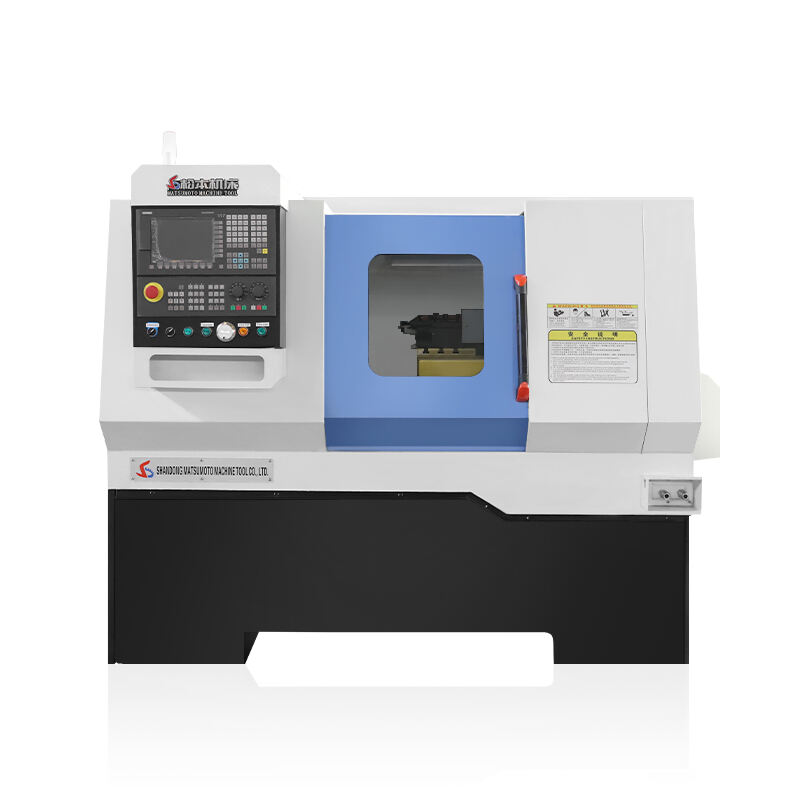Introduction
CNC milling machines have taken manufacturing to the next level, delivering an unprecedented superhuman level of precision and efficiency. CNC machines are the backbone of almost all modern machining, creating complex parts with high precision and repeatability. In this article, we will talk about CNC milling machine – the types, history & working principle of CNC milling machine and its application, advantages disadvantages & future trends.
History and development of CNC milling
The concept of milling technology dates back to the nineteenth century when the milling machine was developed for metal cutting shaping. The 1950s saw the biggest step forward with the introduction of computer numerical control (CNC) enabling machines to perform complex tasks including movement, speed, feed rate and coordination automatically with minimal human input. CNC milling technology has developed over many years, with the introduction of multi-axis capabilities and sophisticated programs simulating motion.
When It Comes To CNC Milling Machines Parts And How They Work
However, the primary elements of a CNC milling machine are the bed and column, spindle and tooling. The bed is the stable part of the machine and the column will hold the spindle, which holds cutting tools. Tooling is one of the most important component which are used as directly working with the workpiece. Most CNC machines today utilize hundreds of advanced software programs that continuously reinterpret G-code instructions to move on multiple axes accurately.
Types of CNC Milling Machines
There are different types of CNC milling machines and each is suitable for a specific application. Great for operations that place the workpiece vertically, these machining centers are called vertical machining centers or VMC. HMC(Horizontal Machining Centers) are used whenever the workpiece is placed in horizontal position, making it ideal for large parts. Even more flexible are 5-axis and multi-axis machines that can machine complex shapes in a single setup. Additional specific types of CNC mills exist, including those used in aerospace and automotive industries that need specialized machining features.
Applications of CNC Milling
CNC milling is a computerized manufacturing process that is used in many different fields, such as aerospace, automotive industry, medical and dental industry, mold manufacturing also prototyping & rapid manufacture. These machines helps to create precision components that can satisfy the stringent precision and quality requirements for these industries.
Benefits Of CNC Milling Compared To Conventional Machining
Compared to traditional manual machining, CNC milling has a number of advantages including precision and accuracy, efficiency and speed, automation and reduced labor, customization and flexibility. This is why CNC milling ended up being the solution for Manufacturing large amounts of high precision parts.
Challenges and Limitations
And while CNC milling machines come with many advantages, they also come with their fair share of disadvantages. Challenges facing the technology include high upfront capital expenditure costs, complexity of operation and maintenance, and need for skilled workforce. In addition, certain materials may not be easily accepted from a CNC machine and thus another manufacturing process may be needed.
Latest Trends and Innovations
The development of CNC milling is comparatively bright too because the automation and Artificial intelligence systems will keep improving their efficiencies. A contribution to smart factories via blooming line integration, Industry 4.0 initiatives and environmental issues will be the base for new sustainable machining technologies. New materials and technologies will develop the capabilities of CNC milling experience as well.
Conclusion
In summary, CNC milling machines offer precision and efficiency that no other equipment in the world of machining can provide as well as feature every specification needed for today's competitive manufacturing environment. As technology progresses, CNC milling will still be at the forefront of cutting edge technology, toppling industries and permitting for parts to have increased complexity and precision in their manufacturing.

